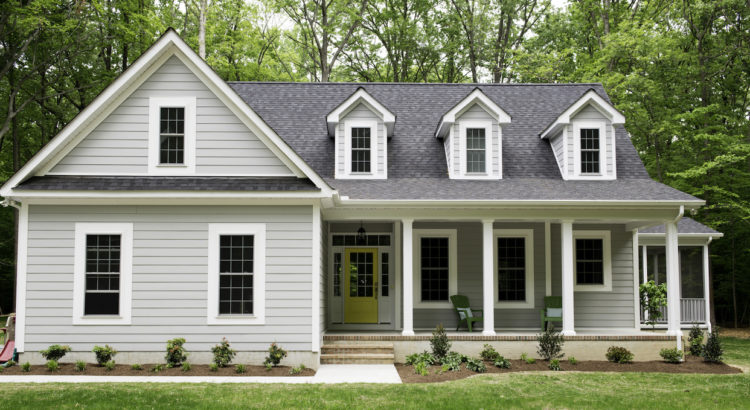As unemployment claims spike along with coronavirus cases and laid-off workers struggle to make rent payments, many small landlords with mortgages to pay are beginning to feel the pain.
While there’s no doubt that owning a rental property comes with risk, most seasoned investors take a long-term approach. According to a recent survey from Auction.com, 64% of investors who primarily buy investment properties as rentals said they planned to increase or keep their acquisitions, despite the pandemic.
A new report from RealtyHop helps potential investors determine how much risk they’d be taking on. The Property Investment Index details residential capitalization rates and net operating income across the 100 most populous real estate markets in the U.S. to help investors research properties from a landlord perspective.
This August, the average capitalization rate across the 100 cities was 3.61%, while the average property tax rate was 1.14%.
Detroit, surprisingly, had the highest capitalization rate of any city in the U.S at 14.39%. Rent prices there increased to a median of $852 per month across all listings, compared with $783 in the previous quarter. Despite rent prices rising, the city’s cap rate was tempered by an increase in real estate prices to $57,500.
Meanwhile, at 1.39%, San Francisco had the lowest capitalization rate of any city in the U.S., as rent prices in the Bay Area fell dramatically due to the pandemic. Despite the city’s low cap rate, occupancy in the Bay Area remains one of the strongest across the country.
In Boston, where average home prices are $750,000 and the tax rate is 0.73%, the aggregate yearly rent was $35,208 while average maintenance costs were $7,500 making the net operating income $22,260 with a cap rate of 3.26%.
Meanwhile, another new report from apartmentguide.com shows rent prices across the U.S. actually increased from mid-year 2019 to mid-year 2020. During that time period, studio apartments jumped 5.37%, one-bedroom apartments climbed 1.6% and two-bedroom units were up 3.46%.
In Boston, where coronavirus cases peaked in April, studio apartment rents were down 6.31% from April to June 2020, while two-bedroom rents were down 4.91%.
While the apartment.com report noted that local supply and demand have influenced the change in rent prices, the pandemic and subsequent economic downturn are disproportionately affecting certain markets.
“Looking more closely at the rent price trends in these cities from April to June, it appears the 2020 changes are more indicative of current economic conditions than the national or even state-level trends,” the report said.


